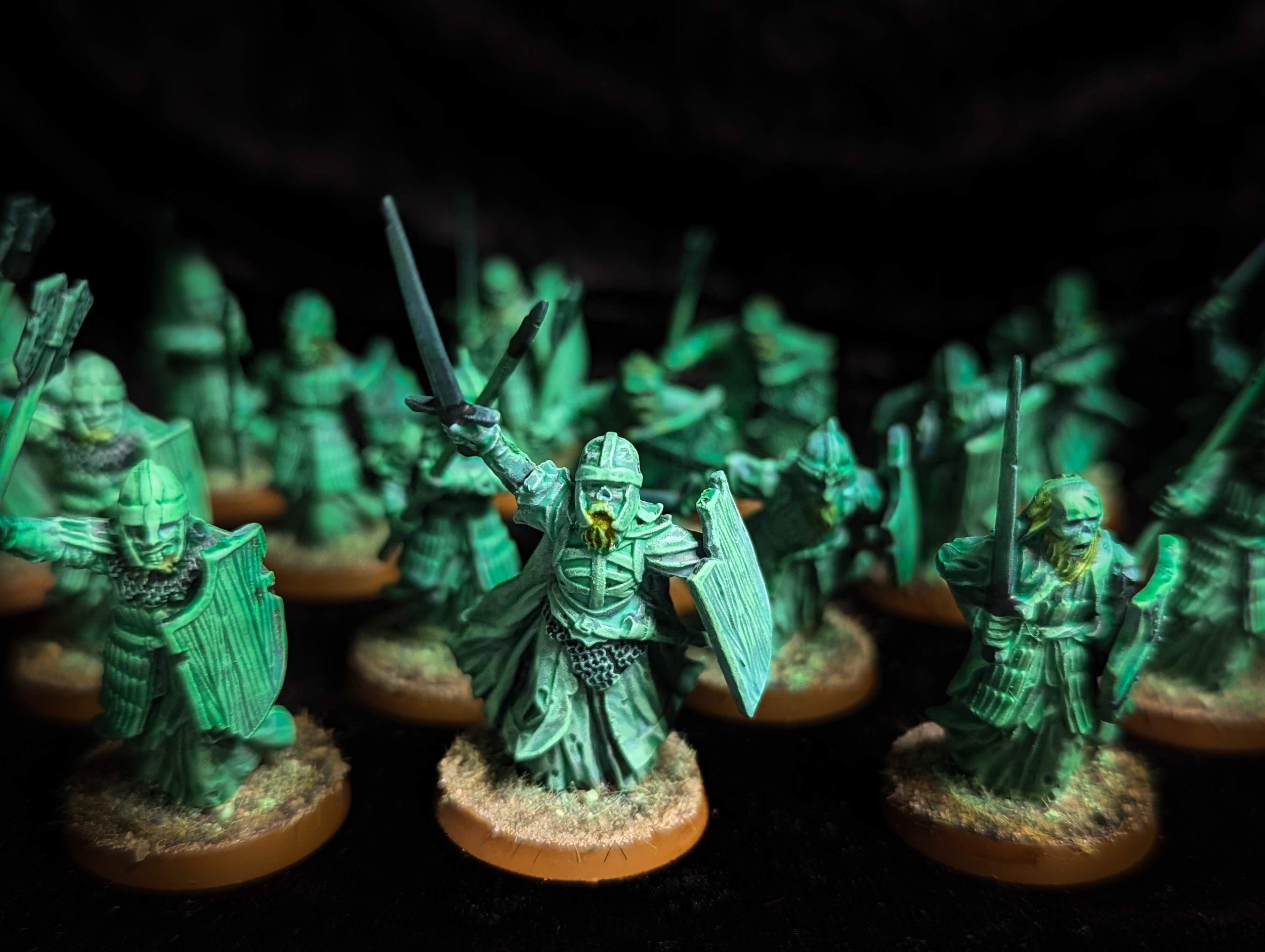In which I describe some cool physics!
So I thought I would start to impart any cool science/physics I've come across throughout my degree and continuing research. This post is going out while I'm at a conference - so this week have some beer!
Beer Bottle Fizz
Beer Fizz
When I came back from my first year at Uni a friend of mine asked me what Physics I had learnt that year. Casually I lifted by beer bottle and tapped hers on the top causing her beer to froth and foam over the top and down the side. She dived forward to stop any spillage (which as we all know is lick-age). Practically anyone who has been to a party involving alcohol has seen this trick - but how does it work?
Well why does the bottle fizz in the first place when you open it? Gas (C02) is stored in the liquid in equilibrium. When you open the bottle a new equilibrium needs to be established and so gas leaves the liquid and causes bubbles. When you hit the bottle you release a lot more gas compared to opening the bottle causing the bottle to fizz all over your hand/the table/a nearby cat. You can also obtain the same effect from slamming a bottle onto a table.
Smashing the Bottom of a Beer Bottle
Watch this video:
So how does that work?
Cavitation is mentioned but you've probably never heard of it. What happens is a vacuum is formed and then collapses very quickly. The force of the water crashing down through the vacuum is easily enough to break glass. In fact cavitation can be very damaging in things such as turbines:
Cavitation turbine damage
The collapse of these 'bubbles' causes heating and shockwaves and causes lots of problems in devices such as turbines.
Tom Out!
P.S. http://en.wikipedia.org/wiki/Cavitation
P.P.S. http://what-if.xkcd.com/6/






